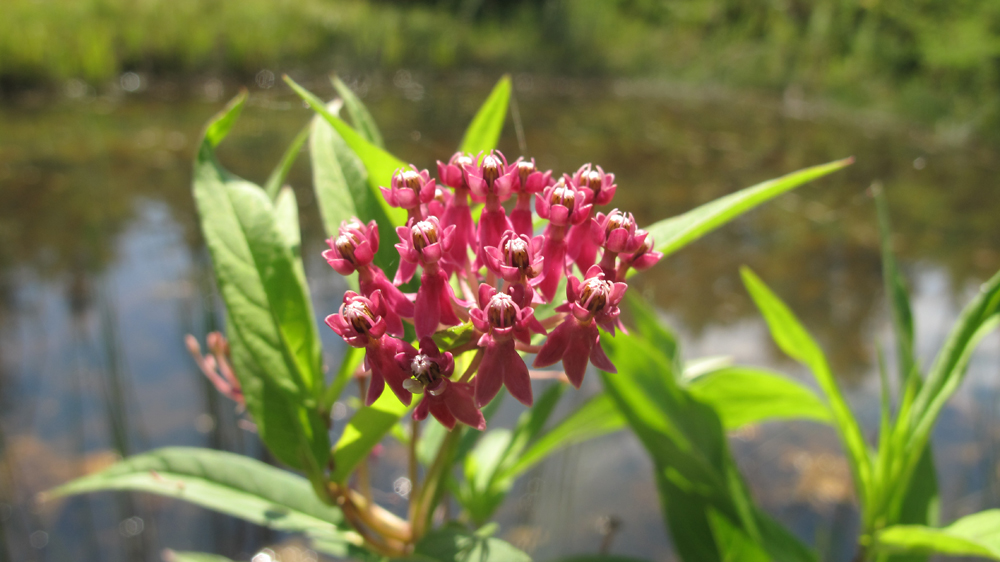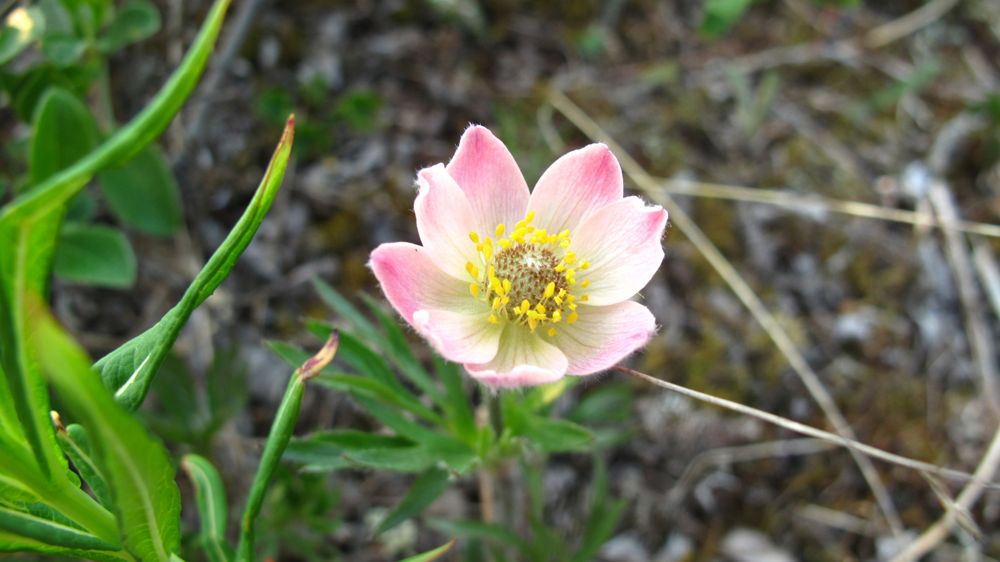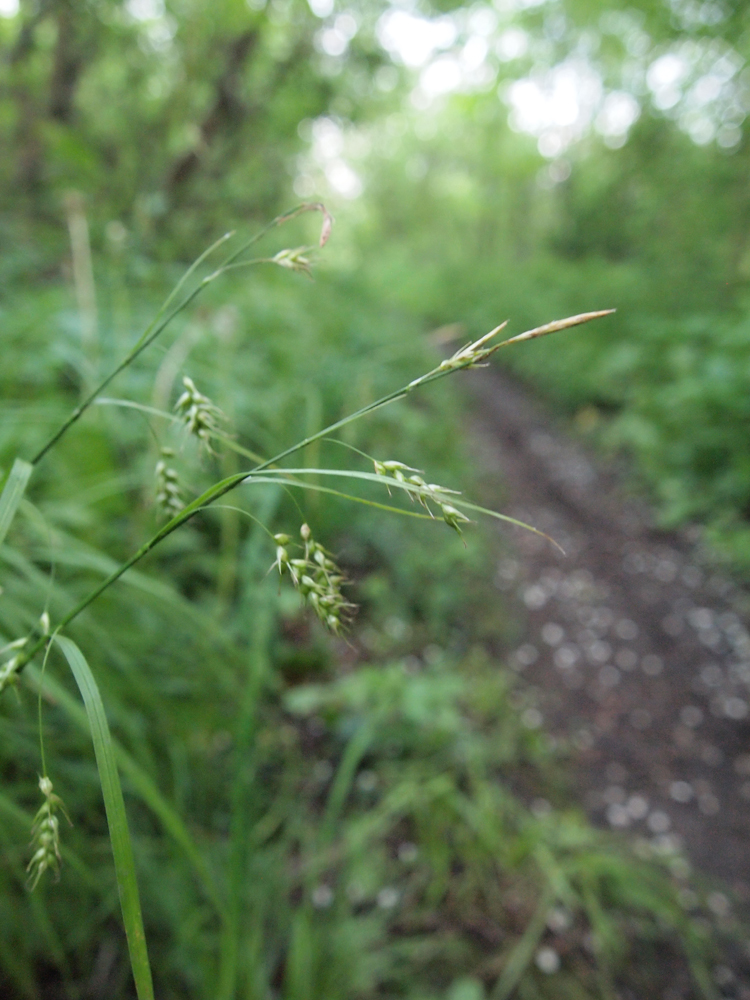CanPlant: A native plant database
Conservation and restoration are most often associated with wild areas, parks, and large open spaces. But a tool developed by Evergreen 15 years ago to support their work in the stewardship of urban greenspaces, has helped evolve the notion that restoration can be done by anyone, even in the most ordinary of places. It was part of a larger groundswell around ex-situ conservation ideas, where even the smallest urban spaces could become meaningful sites for returning a robust biodiversity to the landscape.
The Native Plant Database (NPDB) was envisioned as a tool for a range of users who shape the landscape through planting. The initial seed of this idea was simply to provide plant selections and information for school grounds beautification and naturalization projects through Evergreen’s programming, but like so many good ideas, it grew well beyond its original intent.
Recently, Evergreen decided that, in order for the NPDB to continue to thrive as a tool for landscape restoration, it would need to be passed on to an organization with the expertise and capacity to refresh and develop the tool further. In early 2019, Guelph-based ecological and landscape consulting firm Dougan and Associates successfully won the bid to take over the stewardship of this important project. The winning proposal put forth by D&A is centred around connecting people to native plants through an accessible resource for plant cultivation and sourcing information.

Appropriately named CanPlant, the new vision for the database is a catalogue of plants adapted to their particular environment, focusing primarily on native plants, their diversity, and uses. D&A wanted to respect the original format of the web interface, so the search function is largely based on the old website, in order to preserve functionality for legacy users. Beyond that, the search function is organized to be highly flexible, giving users the ability to search broadly within categories, or refine their search for a specific plant set. Searchable categories include plant type (grasses, ferns, woody plants, and herbaceous species), habitat, growing conditions, aesthetic characteristics, and province, among other categorical search terms. The database will be built to cover a lot of ground for plants across the country.
Future iterations of the website may include a selection of plant palettes that would be strong groupings of native species for a chosen application, a resource for Indigenous ethnobotanical knowledge of native plants, and even a geographically specific compendium of native plant growers and plant availability. This could help to expand the supply of locally grown native plants and increase the diversity of selection beyond the few commercially available plant species that are currently on offer at larger nurseries. D&A is interested in evolving the next phase of the project to include potential partnerships with other important online resources such as iNaturalist and Canadensys, two very interesting repositories of collectively sourced ecological information.

CanPlant will be a thorough, expert vetted list, as well as a repository for keen users— naturalists, gardeners, conservationists, landscape architects—to build and share their own lists and instances of plants. In its new form, the website could be conceived as an open source field guide, with the potential to express the range and diversity of plant species in landscapes across Canada, their properties and uses, both ethno-botanically and ecologically speaking.
Rather than focus restoration and conservation efforts on wild areas, this tool elevates the notion of ex-situ conservation— where the protection of biodiversity need not happen only in wild, remote places, but may occur even in someone’s home garden, in a streetscape bed, or a schoolyard playground. This emphasizes the notion that every little space matters in the effort to restore local biodiversity, and plans for the future resilience and adaptability of our environment through careful stewardship of all species in a rapidly changing climate.
Find out more about CanPlant at www.canplant.ca
TEXT BY KAREN MAY, A LANDSCAPE DESIGNER WITH PLANT.

